How to Choose the Right Kitchen Sink Size: A Complete Guide
The kitchen sink is vital to the functionality and design of your kitchen. As the leader in semi-custom cabinetry, we know how the kitchen sink size and type will impact the kitchen's overall functionality.
Choosing the right sink size depends on whether you already have cabinets you will fit the sink into or are doing your initial research into sink sizes. If you need to measure your current cabinets for a new sink or are building a kitchen from scratch, follow this guide to choose the right sink size.
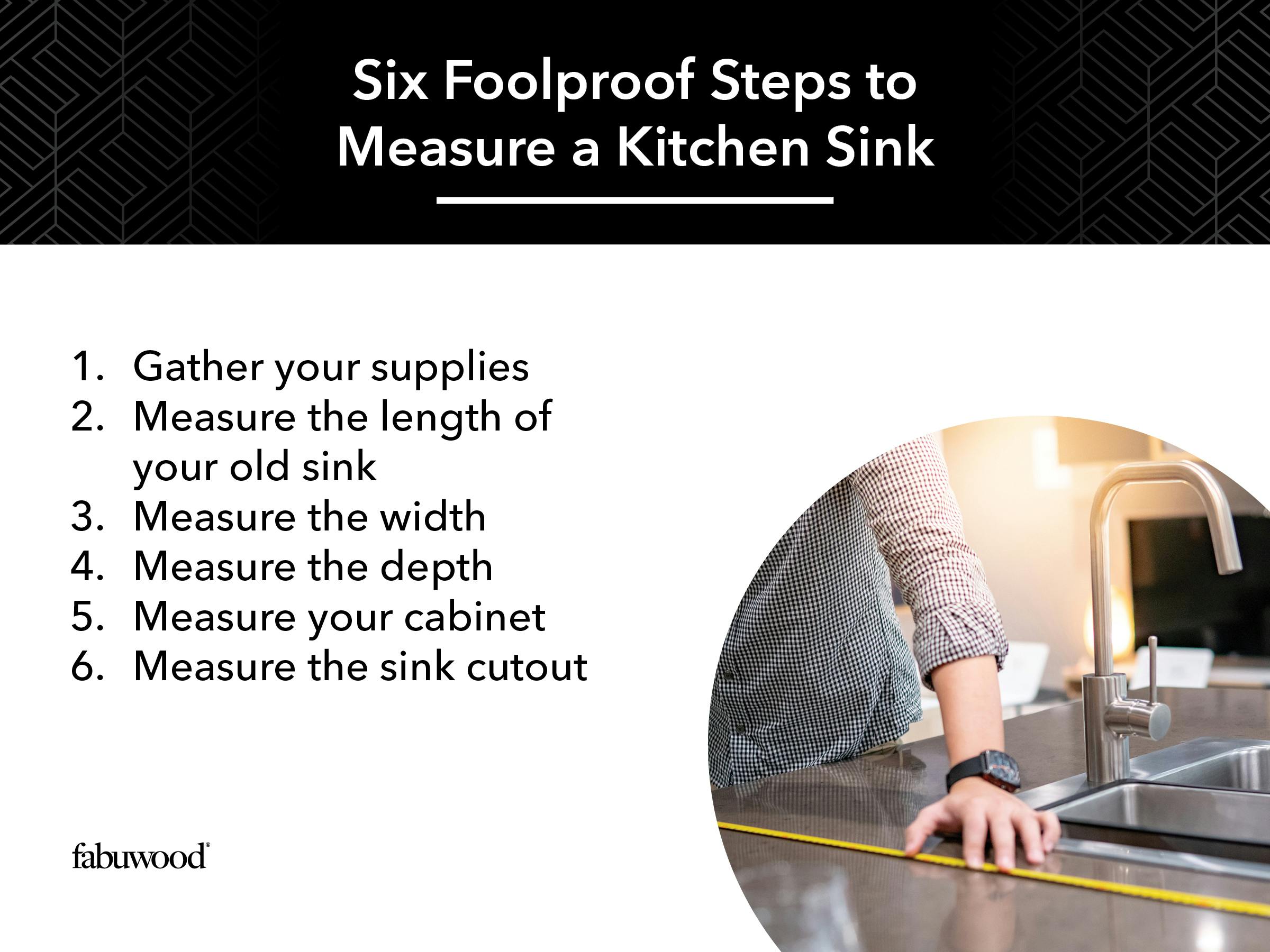
Six Foolproof Steps to Measure a Kitchen Sink
If you are replacing your old sink and need to know what size sink to order that will fit into your current cabinets, follow this guide to ensure the proper fit:
- Gather your supplies: You will need a tape measure or ruler, pen, and paper to record the measurements.
- Measure the length of your old sink: Use a measuring tape or ruler to measure the length of the sink from one lip to the other.
- Measure the width: Measure the width edge to edge from the back edge to the front edge.
- Measure the depth: Place one end of your tape measure at the bottom of the sink, ensuring it touches the deepest part. Extend the tape measure up to the top edge of the sink and record the measurement.
- Measure your cabinet: Measure the depth by measuring along the bottom of the cabinet from back to front. For the width, measure from left to right. To get your sink width, subtract 4 inches from the width and 1 inch from the depth.
- Measure the sink cutout: Measure the width from the left to the right edge of the cutout. The front-to-back distance of the cutout measures the depth. Check the corner radius to ensure it will fit your new sink. This can be done with a radius gauge or flexible measuring tape. Place the measuring tape where the curve begins, follow the curve to where it ends on the other side, and record the length.
Measuring tip: Take your measurements twice to ensure they are accurate. Once you have the correct measurements, you can order your new sink.
If you measure for an undermount sink, remember that the sink will hang slightly below the level of the countertop. For drop-in sinks, the lip of the sink will rest on top of the countertop, so the cutout needs to be slightly smaller than the overall dimensions of the sink.
Exploring Kitchen Sink Sizes
Kitchen sinks are measured by width and come in common sizes, such as the 33-inch standard sink. Depending on your needs, you have several options when exploring kitchen sink sizes.
22-inch sinks
These compact sinks are great for secondary sinks and extra-small kitchens. They can be mounted under the counter or in a corner.
24-inch sinks
Still compact enough for small kitchens, 24-inch sinks are great for food prep but are limited when it comes to washing larger kitchenware.
30-inch sinks
The 30-inch sink is larger but still compact enough for most kitchens.
33-inch sinks
The most popular kitchen sink size, this works well for washing large pots and pans and has plenty of space for food prep.
36-inch sinks
This sink is larger than the standard sink and is great for those who frequently cook and entertain.
45-inch sinks
The largest sink size, these sinks are very spacious, have designated workstations within the sink, and are perfect for multitasking.
Types of Kitchen Sinks and Their Sizes
Kitchen sink sizes vary significantly depending on the type and style of the sink. Your selection will depend on your size requirements, daily needs, and desired sink style. Here are some typical dimensions for various sink styles that will help guide your selection:
Single bowl sinks
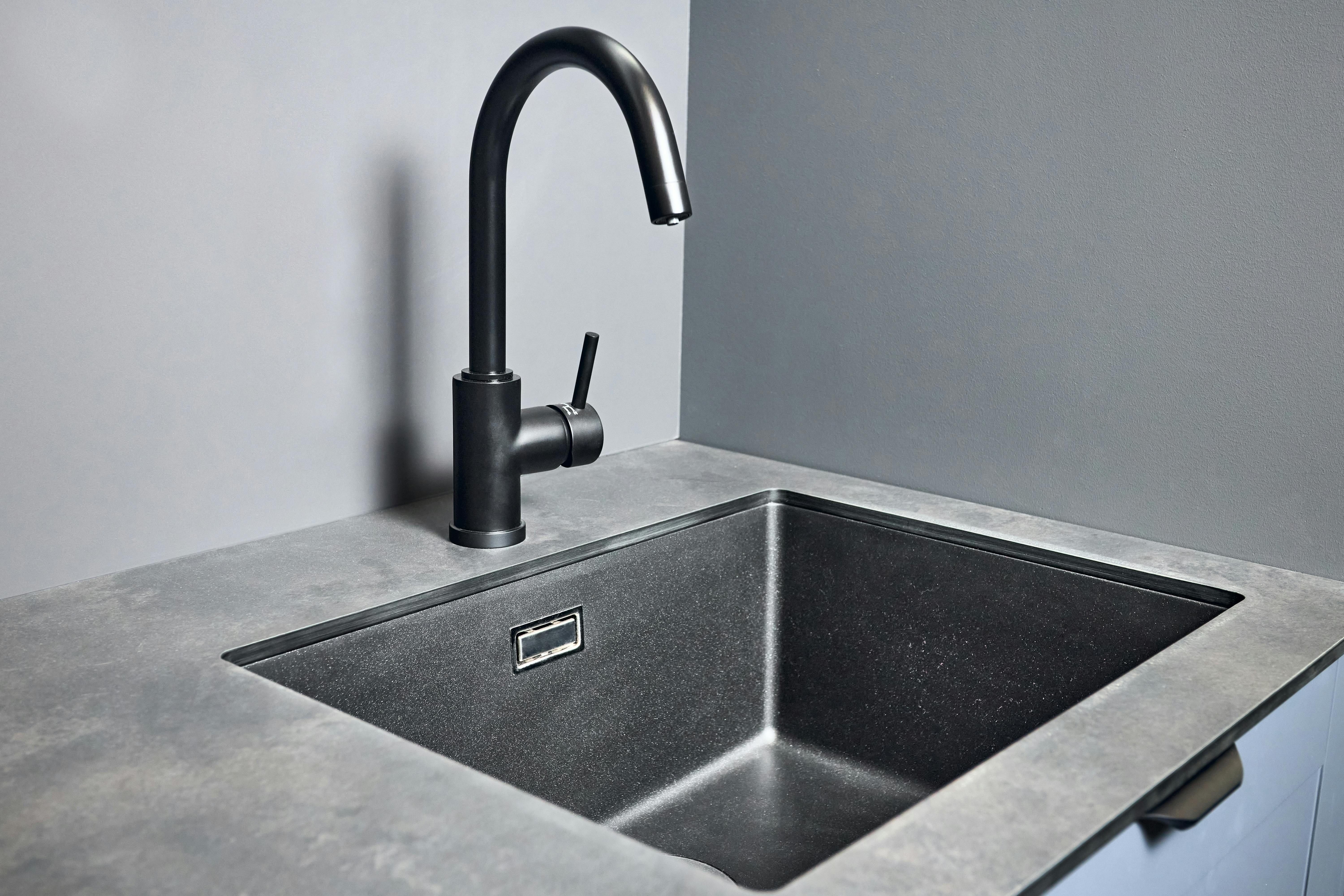
- These sinks are the most common type and range from 22 to 33 inches wide. The smaller versions are ideal for bar areas.
Double bowl sinks
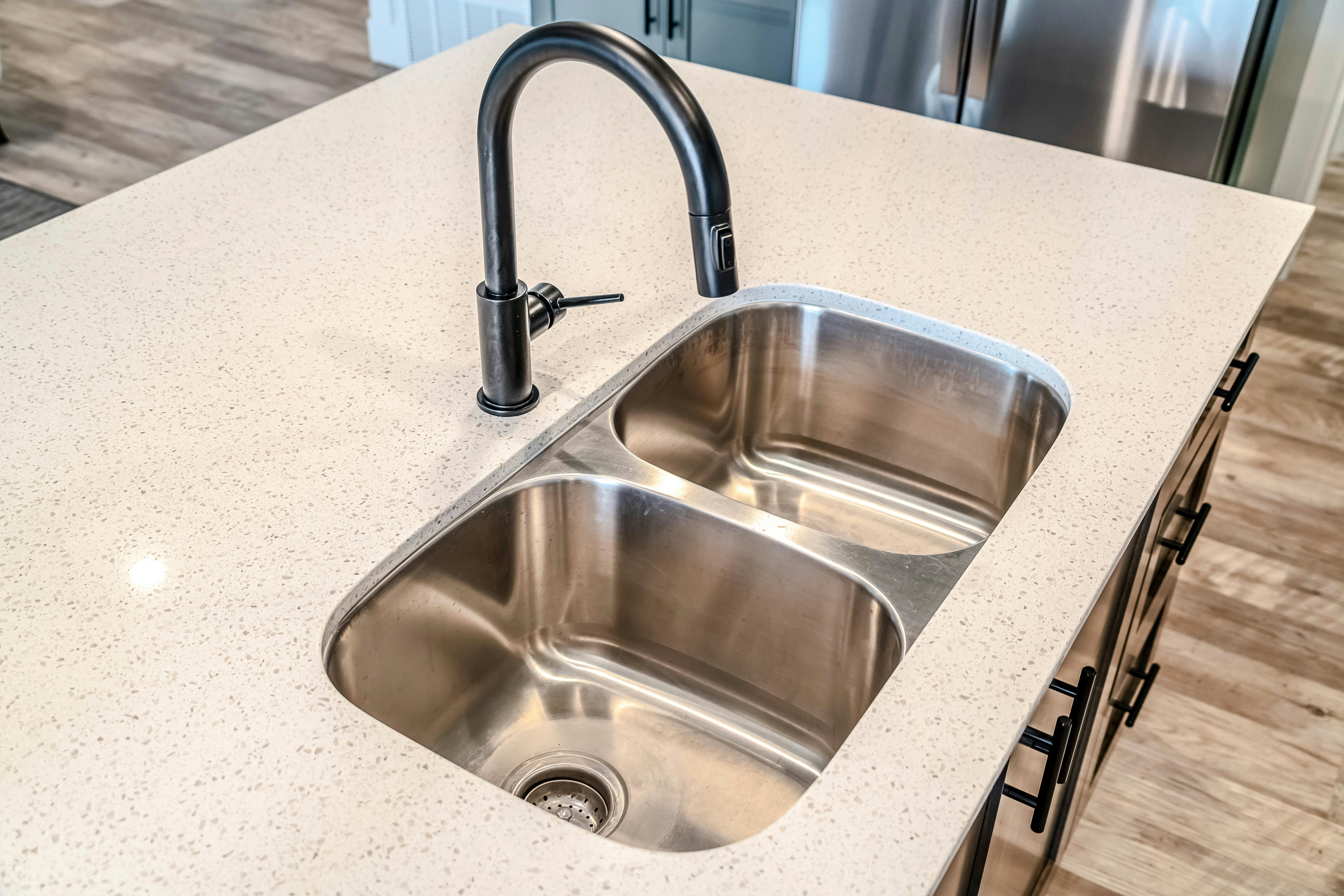
- These range from 30-48 inches wide.
- Double bowl sinks are popular with those who like handwashing their dishes. One side is used for soaking in soapy water; the other side is used for rinsing.
- There are offset bowl sinks, with one larger and one smaller bowl. The smaller bowl is typically used for food prep. However, this sink type is widely considered impractical.
Farmhouse/apron front sinks
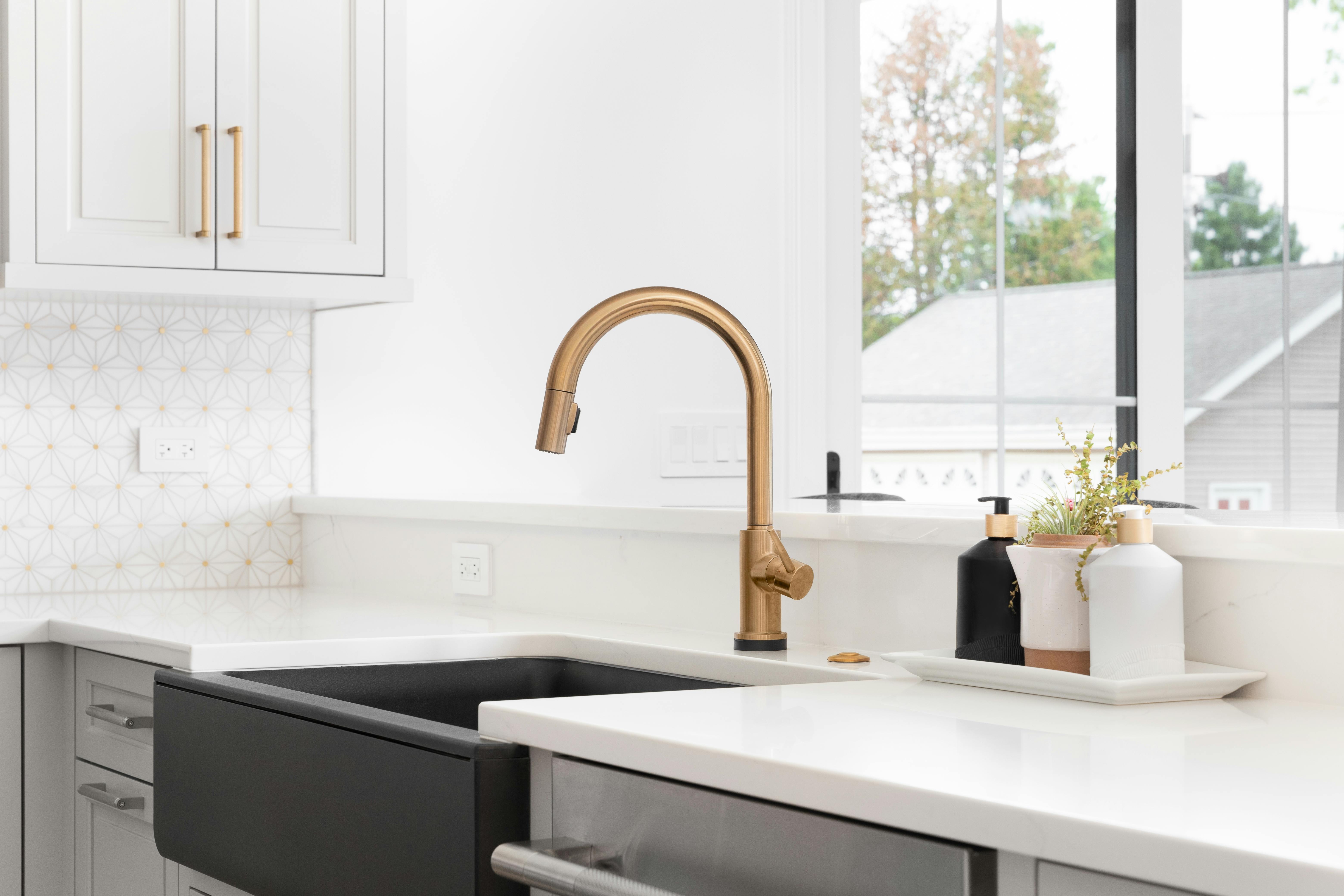
- The farmhouse sink, which ranges in width from 30 to 40 inches, is stylish and practical. Its deeper basin makes it ideal for washing large pots, pans, and food prep.
- The farmhouse sink works well in a farmhouse/cottage-style kitchen.
Top mount sinks
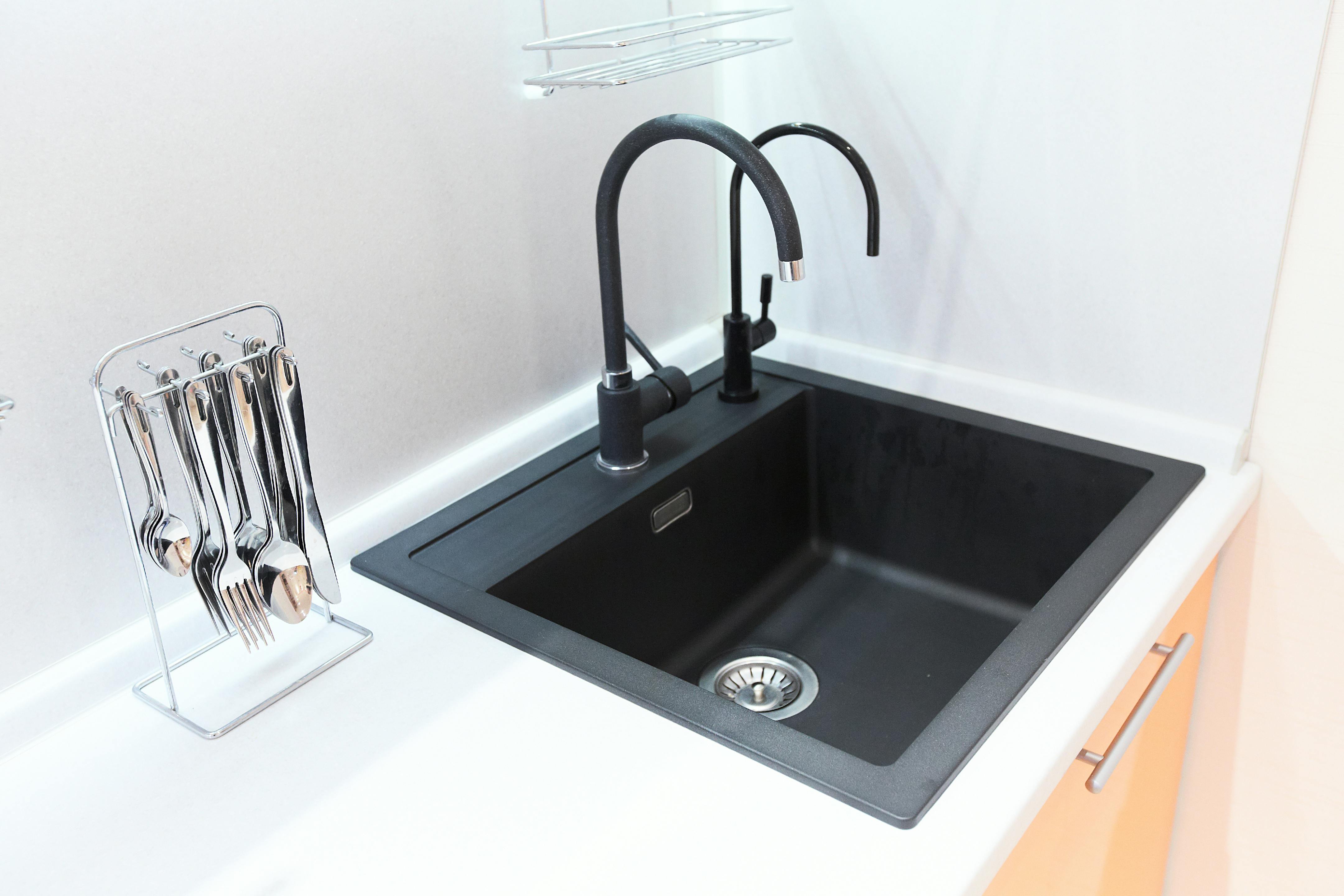
- Also known as drop-in sinks, they have a visible rim or lip that rests on the countertop.
- Top mount sinks range from compact 15 inches to 48 inches wide for a double bowl sink.
Undermount sinks
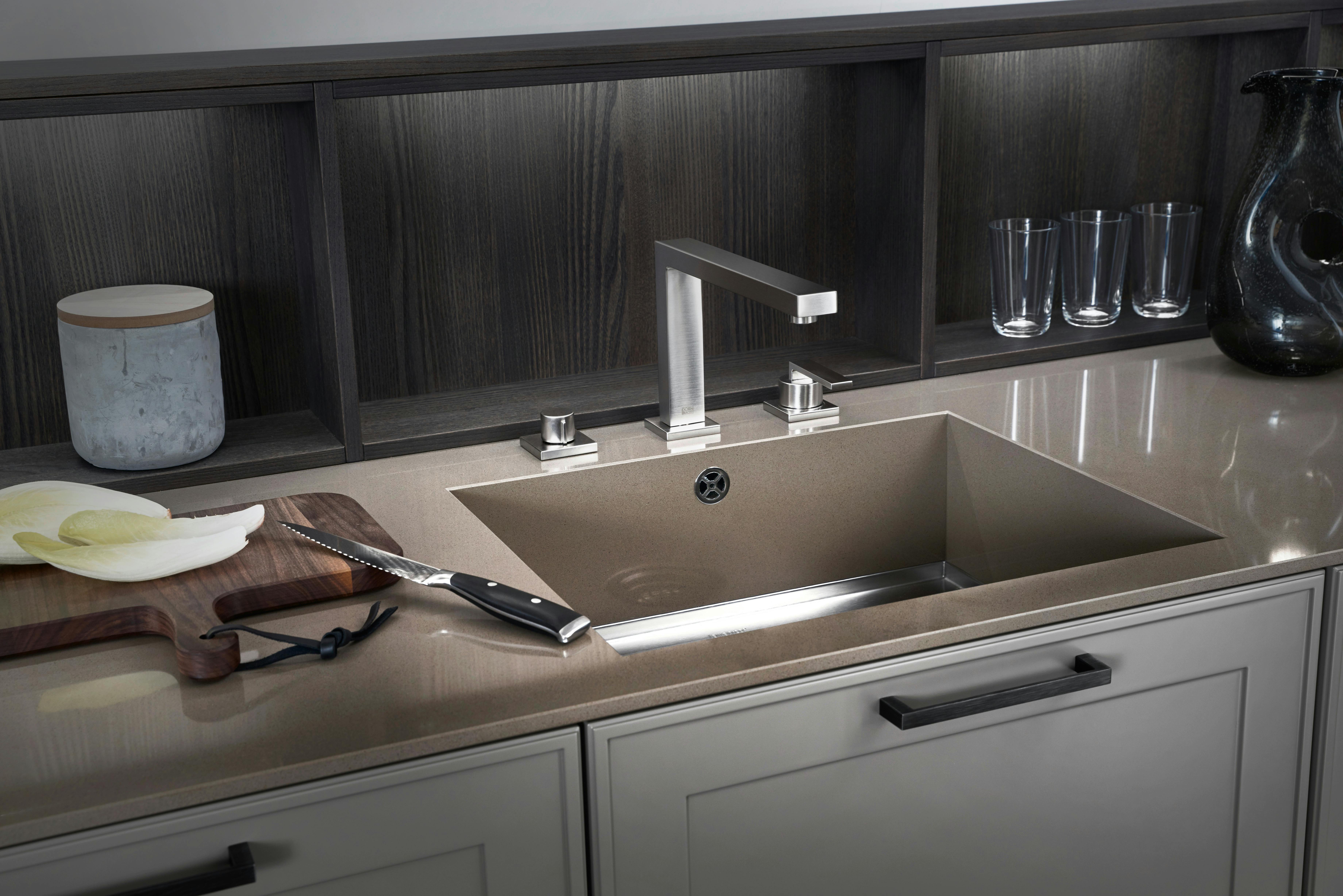
- Undermount sinks offer a rimless design and are attached to the underside of the counter for a sleek and continuous flow.
- Compared to top mount sinks, the undermount range in width size is from 24-36+ plus.
Factors to Consider When Choosing Your Kitchen Sink

Size and configuration
- Measure your cabinet space to determine the largest sink that will fit.
- Select from a single, double, or offset double basin depending on your cooking habits.
Material
- Stainless steel: Durable, easy to clean, and rust-resistant
- Composite granite: Durable, resistant to scratches, chips, and heat
- Cast iron: Heavy, durable, glossy finish
- Fireclay: Hard, durable, often used in farmhouse-style sinks
Mounting type
- Undermount: A seamless look, requires water-proof counters
- Top mount: Easy to install, compatible with many countertop materials
- Farmhouse: Distinct and popular style, cabinets and counters need extra durability to hold it up
Maintenance
- Some materials, like stainless steel, show water spots or scratches more easily
- Sinks with rounded edges are easier to clean
Budget
- Consider the purchase price and installation costs
- If your new sink is part of a more extensive remodel, factor the cost into your overall budget
Style and aesthetics
- Make sure the sink matches the rest of the kitchen décor and style
- Choose colors and a finish that look great with your kitchen’s aesthetic
- For design inspiration, check out our top 11 design magazines
Additional features
- Some sinks include accessories like cutting boards or drying racks
- Many sinks have features that dampen the noise of water and dishes clanging against the sink
Choosing the right kitchen sink is crucial for your kitchen's function and style. Whether you're updating your sink or picking one for a new kitchen, it's important to measure carefully and choose the right size and type for your space. From smaller 22-inch sinks to larger 45-inch workstation sinks, knowing your options will help you make a well-informed decision. Consider factors like ease of maintenance, installation needs, and your budget.
To find out which sink style works well with your kitchen cabinets, consult your nearest dealer.
